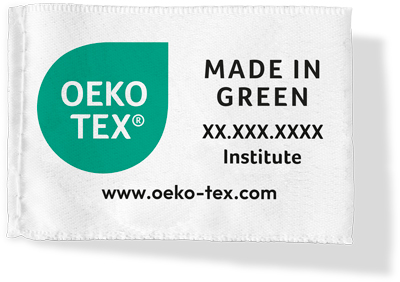GMO Quantification for Limits and Transparency
Identification and quantification of GMOs distinguishes between their presence due to minor contamination versus an admixture in larger proportions, helping manufacturers, brands and retailers with supply chain and fraud management.
How We Quantify
Upon request following a positive GMO screening, further DNA analysis can specifically search for different cotton lines with known genetic modifications. We quantify the respective proportion within the sample.




